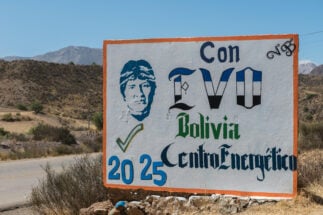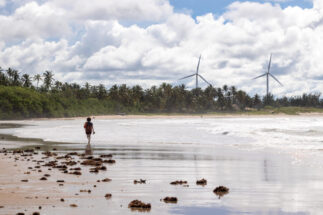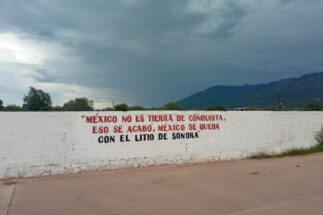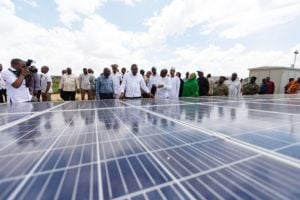Recent years have seen issues of global warming, climate change and energy rise up the agenda, as an ever more significant presence in public discourse and the media. But within this global shift, the term and process of the “energy transition” – the broader switch from a fossil fuel-based energy mix to one of renewable sources – has not gained the same media attention.
The recent report by the Intergovernmental Panel on Climate Change made clear the catastrophic impacts that climate change is likely to have on the world. In Latin America, these will be especially serious, with projections of longer and more intense droughts, increased melting of glaciers and sea levels, forest fires, more frequent hurricanes, losses of biodiversity, and higher mortality from heatwaves.
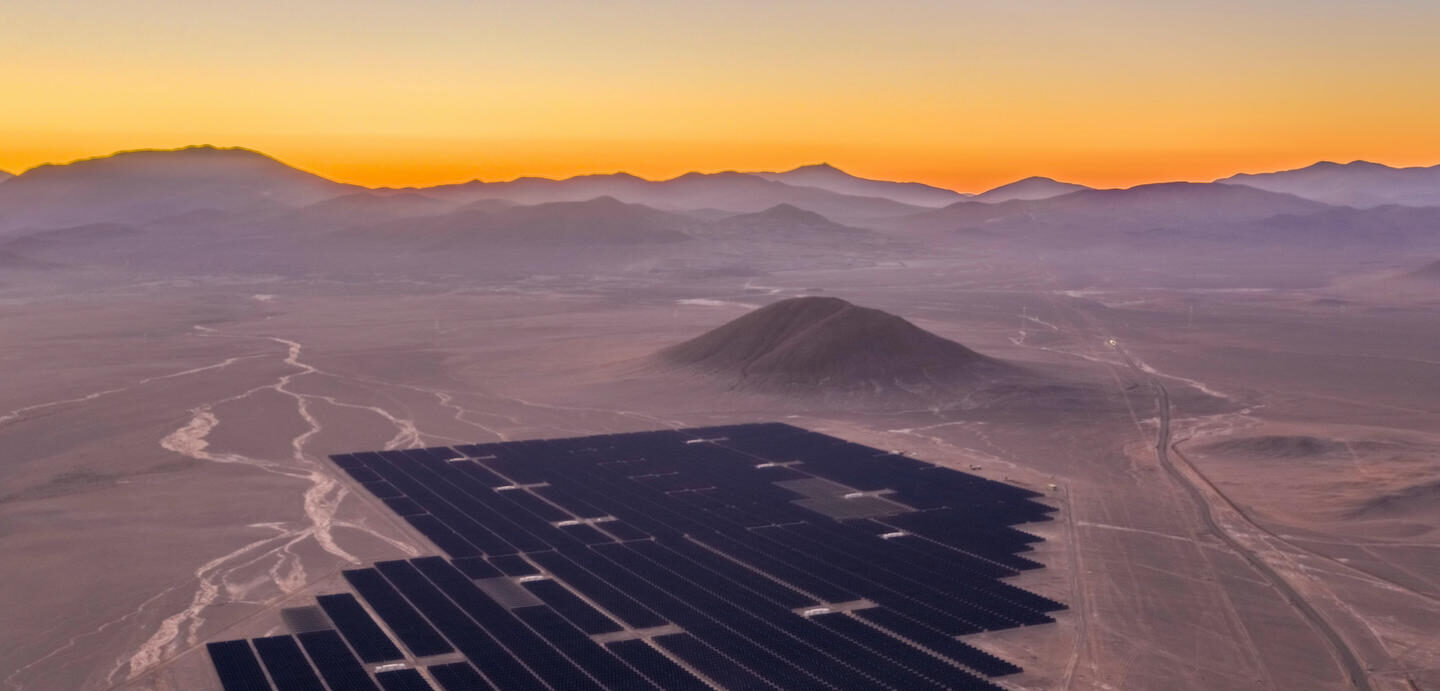
The energy transition is the most direct way to slow down these negative impacts, in making rapid and drastic reductions in the carbon emissions that drive climate change. But despite the evidence of the potential of renewable energies such as solar and wind power, the energy mixes of most countries are still heavily polluting. In Mexico, for example, more than 80% of energy comes from fossil fuels such as oil (56%), natural gas (26%) and coal (3%). Barely 11% comes from renewable sources, and of this percentage, geothermal, solar and wind energy together represent just over 3%.
Alarmed by this situation, we at Climate Tracker, an international NGO that supports climate journalism, carried out a quick exercise to gauge public awareness of the energy transition. We asked 12 people in the street, four in each of Mexico, Colombia and Chile, if they knew what the concept was; on average, three out of four people said they didn’t.
Of course, this is by no means a representative sample. But it did give us a good starting point to ask ourselves: how is it that the media is dealing with the energy transition? We journalists may not always look inwards to analyse the work we do. I had the privilege of looking critically at the media, and with a group of 12 journalists and researchers from six Latin American countries, we questioned how 36 media outlets were communicating the energy transition to us.
Lack of definition, economic focus
In our study, we looked at the cases of Argentina, Brazil, Chile, Colombia, the Dominican Republic and Mexico to understand the phenomenon more deeply. We also conducted a series of qualitative interviews on the experiences of journalists reporting on climate and energy in the region.
In Mexico, we analysed pieces on the energy transition published between August 2020 and November 2021 in six media outlets: one with a great reach, El Financiero; one public-service media, Once Noticias Digital; one digital-native outlet, Animal Político; two regional publications, El Norte and Por Esto; and a specialised magazine, Energía a Debate.
One of the first things that struck us was that 98% of the 452 articles did not define the concept of energy transition. Some of the journalists interviewed attributed this to the immediacy of publishing and others to the fact that they consider that this concept can be understood by anyone. Furthermore, only 4% of the pieces included scientific explanations, which are essential to understand the phenomena.
Targets and timelines should be considered essential information in discussing the energy transition
Another important finding was the tilt towards an economic angle in the coverage of the energy transition. For example, articles tend to describe businesses, financial benefits or economic losses associated, for the most part, with energy companies or industries. This was visible in all six analysed media. Perhaps unsurprisingly, El Financiero was the one who published the most economy-focused articles, while Animal Político was the one that published the fewest such pieces.
Though not greatly surprising, the energy sector was found to be the one discussed most, with other areas crucial to the energy transition, such as transport and industry, less present in coverage.
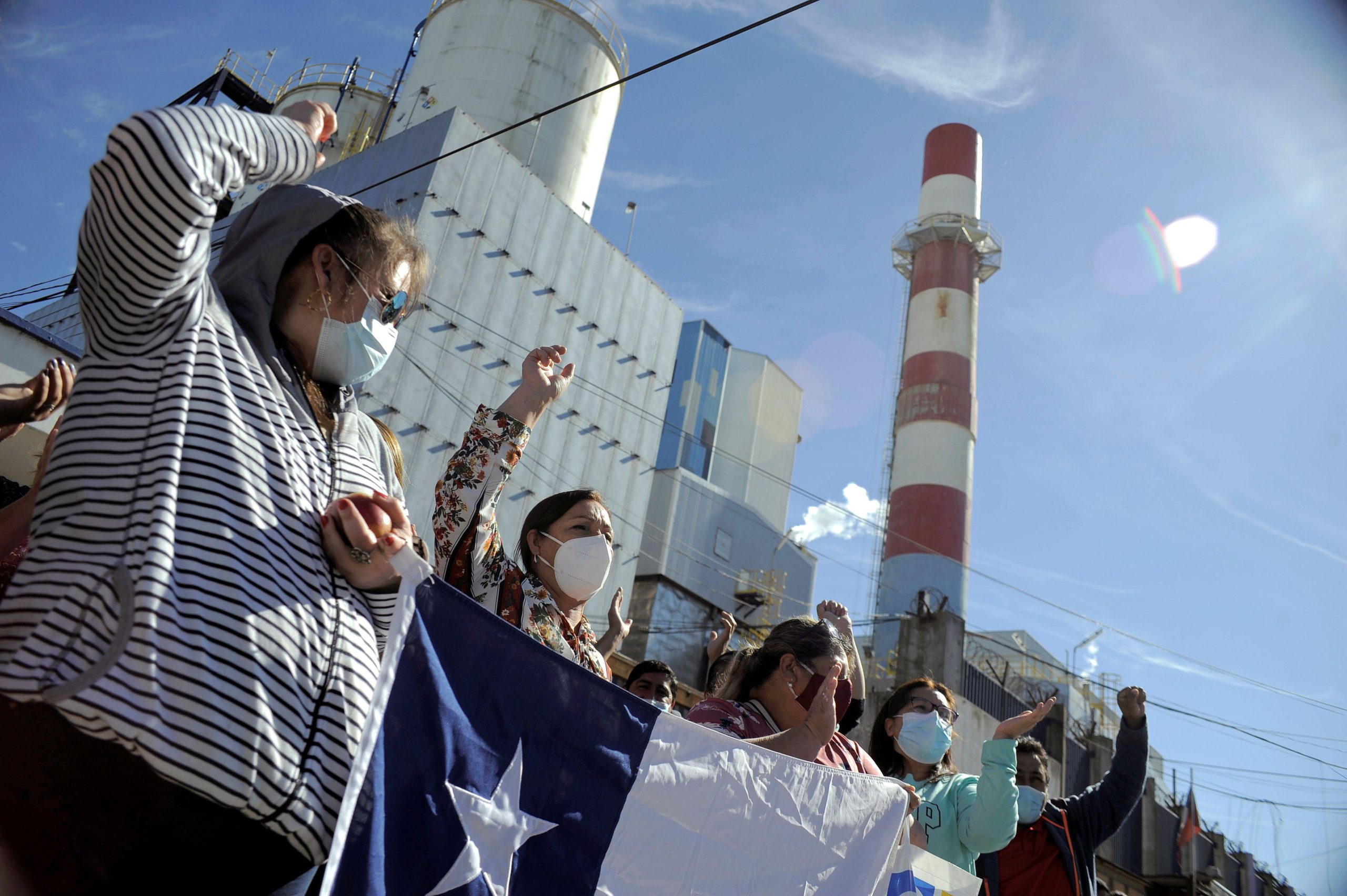
In almost 90% of the pieces analysed, no mention was given of timelines to achieve an energy transition, such as those needed to meet a country’s energy strategies, their net-zero targets, or the temperature goals of the Paris Agreement, for example. If the timelines or goals of achieving an energy transition are not mentioned, then only part of the process is being told, but such articles may provide no clarity on how it will be done, the scale of the task to be achieved or in what timeframe. Such goals and timelines are concrete, informative elements.
For example, Mexico City has committed to reducing current greenhouse gas emissions by 10% by 2024 compared to 2016 levels, which means not exceeding 24 million tonnes of CO2 emissions by 2024. These goals and deadlines are established in the Environmental and Climate Change Program for Mexico City 2019–2024.
As well as this, one can speak of goals and timelines for reducing CO2 emissions at the national level, or methane emissions or, also, of increasing capacity of a renewable energy source. Of course, their inclusion in a journalistic story will always depend somewhat on what is being covered. But both targets and timelines should be considered essential information in discussion of the energy transition, to increase awareness of the progress on specific energy sources, and in specific regions.
Male bias and reporting difficulties
Our research also found that government representatives and men are the most consulted as sources in articles, accounting for 80% of contributions.
80%
In Climate Tracker’s analysis of 452 articles on the energy transition in Latin American media, 80% of sources consulted were men
At the editorial level, we noted that the most common format was short pieces of less than 800 words, prevailing in five of the outlets analysed; in the case of Animal Político, long-form predominated, in opinion pieces.
We see the lack of longer-form and more in-depth publications as implying that there is limited opportunity in energy transition coverage to include answers to two of the basic questions of journalism: the how and the why, which both require space to be answered. Furthermore, if there is such little space, then it is very likely that only the basic what, who, or when of the phenomenon will be covered – and perhaps more for straightforward reporting, rather than for bettering understanding, as would be the case if more scientific explanations were being produced. This is why we see the importance of diversifying coverage and prioritising useful information for citizens.
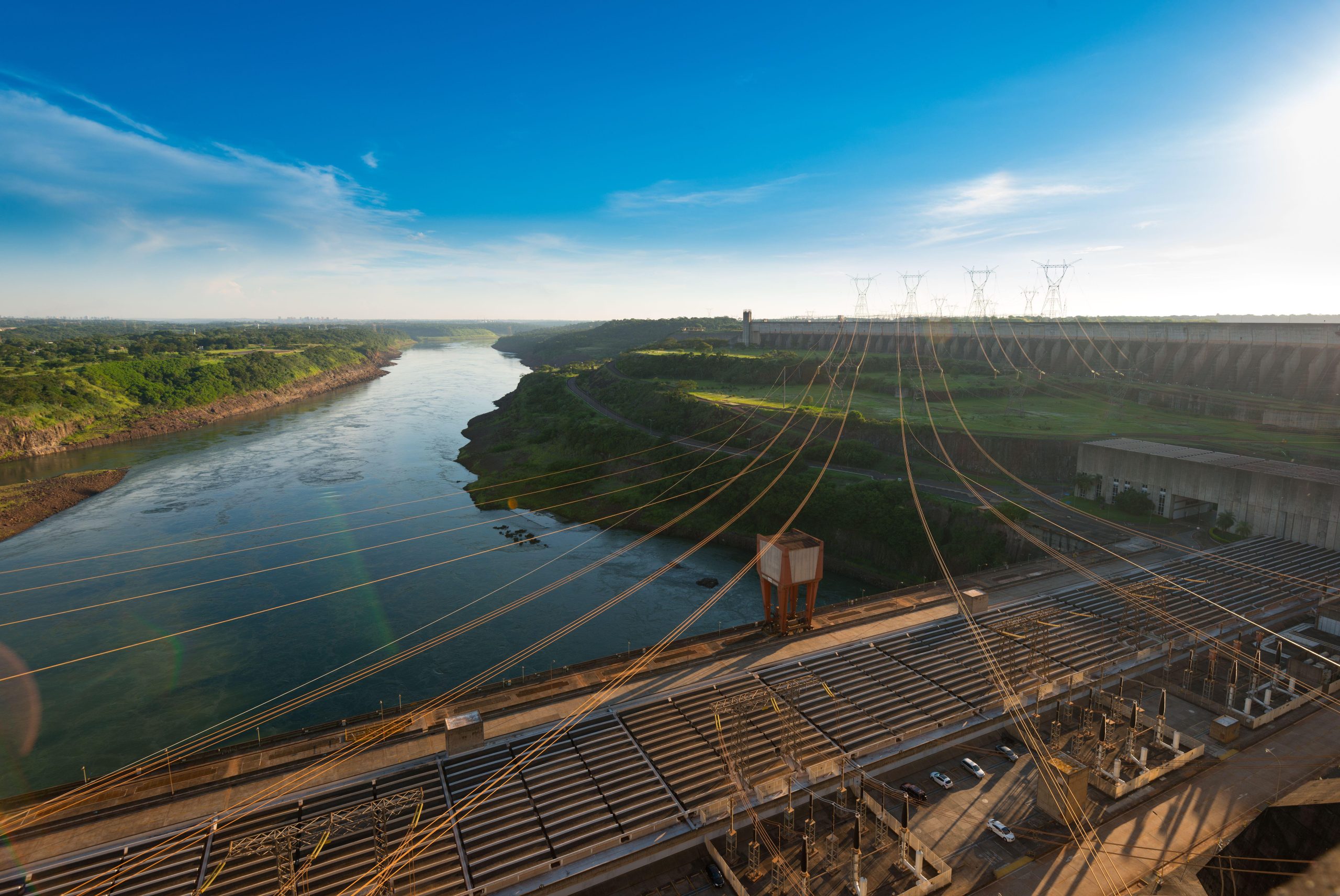
Similarly, having a variety of journalistic formats will promote better understanding among citizens, especially the energy transition, which is a complex issue and involves other concepts and information elements to be understood.
In the interviews, the authors also agreed that their working conditions are not optimal: they must meet quotas to produce a certain number of articles; many work for more than one media outlet; and they recognise that they lack specialisation and training in energy issues. Having the evidence that we have collected now allows us to identify those gaps, where they become areas of opportunity.
It will not be easy or fast, but it is also a call to editors and media authorities to take seriously issues that, whether they like it or not, will be on journalistic agendas in the coming years. We believe that it is possible to prepare both the spaces – the working conditions – and the reporters to better understand and communicate complicated phenomena.
Amid the climate crisis, journalism also has a certain urgency to transform. Climate Tracker provides opportunities for journalists who want to achieve that transformation. One way to strengthen journalism is through media analysis. Such interactions between research and journalism can help to democratise the media, and put citizens first.



